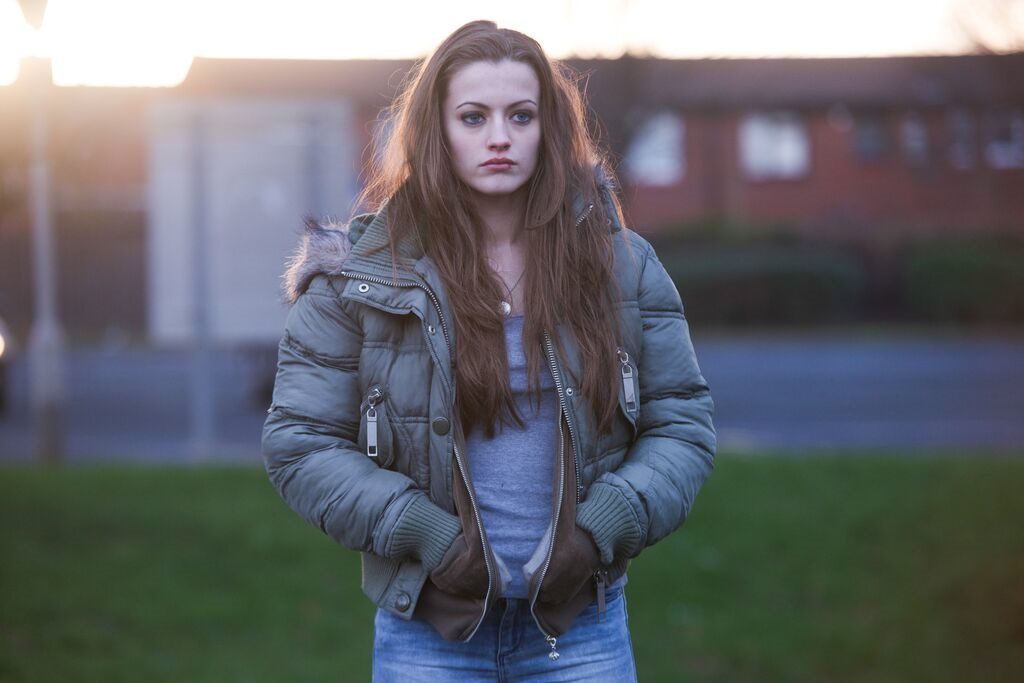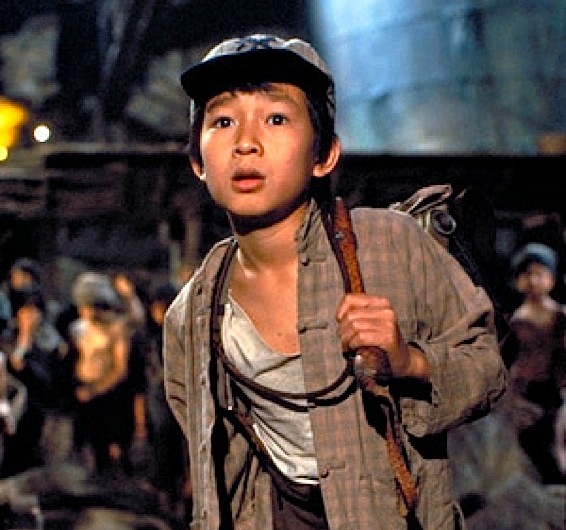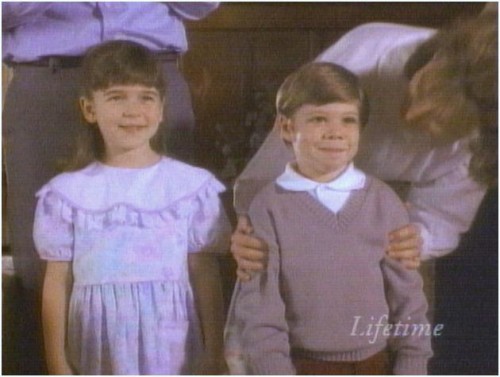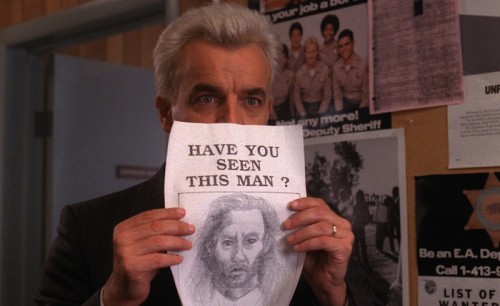This is a guest post written by Holly Thicknes.
Trigger warning for discussion of child abuse, incest, rape, and sexual assault.
Wildlike and The Violators: two independent films released on festival circuits to rip-roaring acclaim. Both are debut features from Frank Hall Green and Helen Walsh respectively, and both deal with the uncomfortable subject of the sexual abuse of teenage girls. Yet the two films left me with very different impressions.
To what extent are filmmakers obliged to depict scenes of rape and the sexual assault of women and girls — a pandemic-sized problem in real life — in accurate and illuminating ways? If ever we are to believe that films can influence society for the better, surely we must look for critical self-awareness along with satisfying storytelling (where abuse is more than just a tool of the narrative that progresses the story). The guise of the art house genre has a history of being perceived as absolving films of the representational issues of rape as spectacle, as if the festival-to-independent-cinema distribution package amounts to an automatic stamp of approval (perhaps anyone seeing Gaspar Noé’s Love will take a moment to cast their minds back to the bitter experience that was his Irreversible, shown at Cannes in 2002). But explicitness — or as some might view it, uncut realism — in representing the sexual exploitation of women in itself is problematic if it serves no purpose other than the pleasure of spectacle. And so it is a delicate balance which filmmakers must strive to strike: an honest representation, made — crucially — for the right reasons.
Green’s Wildlike premiered at the Hamptons Film Festival in October 2014 and was the winner of over 40 Best Film awards at various other festivals. The film promises a scenic hike across Alaska, an unlikely friendship of substitution between a teenage girl and an older man and a tense chase by an abusive, ominously unnamed uncle. It delivers all three with invigorating authenticity: the photography and performances meld together to perfectly tow the line between documentary-inspired art house flick and melodramatic Alaskan road movie. The script and Green’s direction soar in moments of transition, where all the action is embedded in the faces of the characters (articulated with faultless performances all around, namely by Bruce Greenwood as male lead Rene) or else the gruff, ever-changing landscapes, and the contemplative essence of the story feels overwhelmingly all-encompassing. There is an endearing sweetness in the father-daughter friendship being cultivated with very little words but plenty of weighted glances. All the substance is there, evidently so, affording it its success and status as a breakthrough debut.
But for all of Wildlike‘s strengths, what I simultaneously can’t forgive it for nor realistically expect of it is the fact that the guesses feel clumsy around the depiction of the central female character’s abuse. They feel second hand, peripheral, flat.
In blatant contrast, The Violators is uncompromisingly captured from 15-year-old female protagonist Shelly’s perspective, and centered around the effects of the sexual exploitation she suffers. It is a film lovingly cultivated by acclaimed novelist and writer/director Walsh, who turned her hand to filmmaking for the first time with the kind of surety that relevant experience for the subject at hand affords you. She reached back into her childhood, where she grew up on the periphery of Cheshire, England, on the same streets and dockland walks we see depicted in the film, and drew out a story about a community of people suffering from the cyclical nature of abuse that forever seems to renew until someone or something finds the strength to break the cycle.
Through the eyes of Shelly, played by acting revelation Lauren McQueen, we see the people of this community play a daily game of chance with the hand they have been dealt. Exploring, as the story does, violation, no one person is made to claim all the blame and no one is absolved entirely, epitomized in Shelly’s complex character role of both sensible mother figure and misled, reckless child. Walsh hints at the details of an abusive father, in jail but possibly being paroled soon, to her and her self-sufficient siblings, and the prospect of it hangs like a spectre over everything so that current moments of violence feel grounded in her damaged past. True as the film is to real life, abuse does not change the centre of gravity of anyone else’s world, but instead informs the path that particular victim takes for the worse.
This perspective is where Wildlike falls down on the representational front, making it into a paternal film about a father-and-daughter-type friendship ever blooming in the beautiful Alaskan wilderness that sidelines the protagonist’s abusive experiences. To be fair, there is nothing insensitive about Green’s portrayal of MacKenzie (Ella Purnell), whose angsty teenager status is drawn onto her face with the filmic trope that is black eyeliner, but beyond this rightfully possesses no superficial traits that simply pigeonhole her character. The scenes of abuse are deliberately not treated as spectacle, but with impressive restraint and disgust-inducing visceral sound effects that imply rather than show (a storytelling technique that Green applies with great success throughout). But the effects of the incidents are observed from the outside, in manner of a concerned father who might look on at his daughter going through her troubled teenage years with genuine concern but bafflement. We are never invited into MacKenzie’s personal space to understand her motivations, and are instead left to second guess how messed up she must be from her experiences. Consequently, when she does break her sullen silence in a burst of emotion, the dialogue feels clumsily roped together in a bid to sound spontaneous but which comes off as whiny.
Unsurprisingly it is much easier to sympathise and identify with Rene, the recently widowed middle-aged male hiker that MacKenzie latches onto, firstly at the whiff of a meal ticket but then being tentatively drawn towards a kind and understanding father figure. Bruce Greenwood is a dream in the role, who we are introduced to in a moment when his defenses are down, in the rue of privacy whilst lying in bed, reminiscing about his late wife, without knowing that MacKenzie is actually hiding under his bed having snuck into his hotel room to nap for the night during her journey to Seattle. His male vulnerability in the wake of the manipulative uncle figure from whom MacKenzie is running is an instant catch: he is afforded an intimate look that we never get to see of her. A few silhouetted crying scenes do not cut it by any stretch.
Green has never claimed, as far as I know, to have made a film directly commenting on the lasting effects of sexual abuse on an underage girl in the hope of enlightening his audience. The meeting point of the two films is their examination of the resilience of vulnerable people in the face of attack. Wildlike does this beautifully — arguably more successfully than The Violators. But having seen both films at film festivals this year with directorial introductions, the contrast between representational intention is blatantly stark. Should films ever sideline child molestation? Should the primary victim’s account ever feel viewed from a distance? And should the issue even ever be used in a film by a male writer/director, one with undeniable storytelling skill, which gets the film into a bunch of festivals with its indie look, but uses the sensitive issue to invoke drama? It’s for everyone to individually make up their minds, but for my part I’m left with the uncomfortable feeling of having watched a film about teenage molestation and incest told superficially from the perspective of the female victim but in reality from the perspective of a man.
Holly Thicknes is a freelance film critic and editor of female-focused film blog Girls On Film. She lives and works in London, studies printmaking, and helps organise themed short film events for Shorts On Tap. She is particularly interested in the ways in which films help people carve out spaces for themselves in an increasingly lonely society. You can follow Girls On Film on Twitter at @girlsonfilmLDN.



























